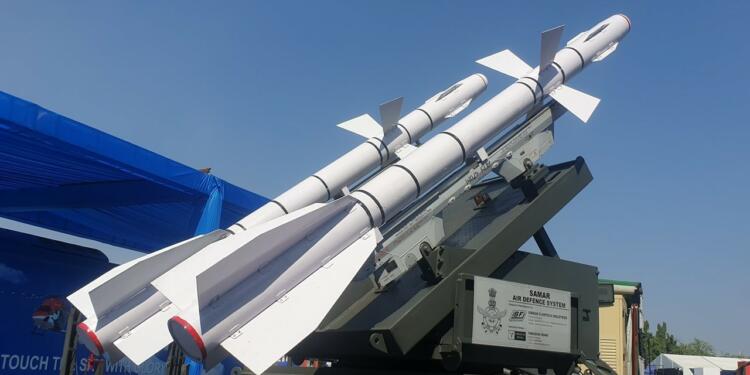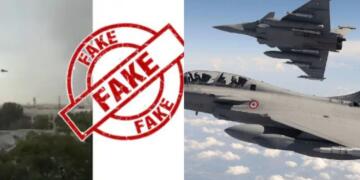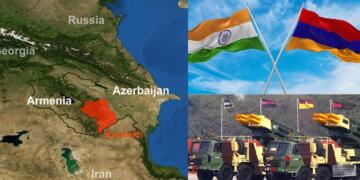India is getting SAMAR ready. Samar, in Sanskrit, means war. That is the reason that the government of India used the term to describe the retaliation missile system. Deployment of new weapons not only helps in improving the capability of Indian Air Force but also the soldiers’ morale. Equipment plays a crucial role when it comes to the armed forces. The spirit of the forces, along with modern equipment, is the guarantee of success in the advanced warfare.
SAMAR is given to the IAF
As per the reports, the Indian Air Force is looking to boost its capability, and in order to do that, it has now completed the development of its Surface-to-Air Missile for Assured Retaliation (SAMAR) system. The weapon has entered its initial phase of production.
According to an IAF official, five SAMAR-1 production units are now prepared for delivery to the IAF’s Missile Unit, which is most likely its air-defence missile squadrons. Additionally, the official stated that further orders are anticipated from the IAF.
Also read: Operation Tarkash: India-US Joint Exercise to tackle Nuclear and Biological Threats
The SAMAR is a short-range air defence system developed by the IAF’s 7 Base Repair Depot (BRD) and 11 BRD in association with Indian private-sector companies Simran Flowtech Industries and Yamazuki Denki.
It is interesting to know that the SAMAR-1 uses the IAF’s existing inventory of shelf-life-expired Russian Vympel R-73E infrared-guided air-to-air missiles (AAMs) for the surface-to-air role. The shelf-life-expired units are refurbished before being integrated into a launch platform and firing circuits, which were developed by the IAF.
From asset to obsolete
Vympel R-73 E is a Soviet-made missile developed in 1984. It has gone out of order now, and India has now reformed it. Initially, the missile was air-to-air guided, but now it has been refurbished to be a surface-to-air guided missile. This is the best example of how to make the most of expensive and obsolete military-grade equipment.
Also read: From Earth to the Stars: The urgency for a military-civil cooperation framework in space technology
However, this is not the first time India has experimented with R-73. Previously, in 2008, to replace the ageing R-530D Magic missiles on the Mirage-2000, the Indian Air Force had to go against French and Russian objections to integrating the R-73 onto the delta-wing fighter. The SAMAR-1 system completed 17 test firings before entering production. The system is credited with a maximum range of 12 km and is used against low-flying aerial targets.
A milestone is achieved
The development and production of the SAMAR-1 air-defense system mark a significant milestone in India’s efforts to strengthen its air-defence capabilities. With its short-range capacity and use of existing missile inventory, the system offers a cost-effective solution to counter low-flying aerial threats. It will significantly enhance India’s security and strategic posture in the region.
Support TFI:
Support us to strengthen the ‘Right’ ideology of cultural nationalism by purchasing the best quality garments from TFI-STORE.COM


































